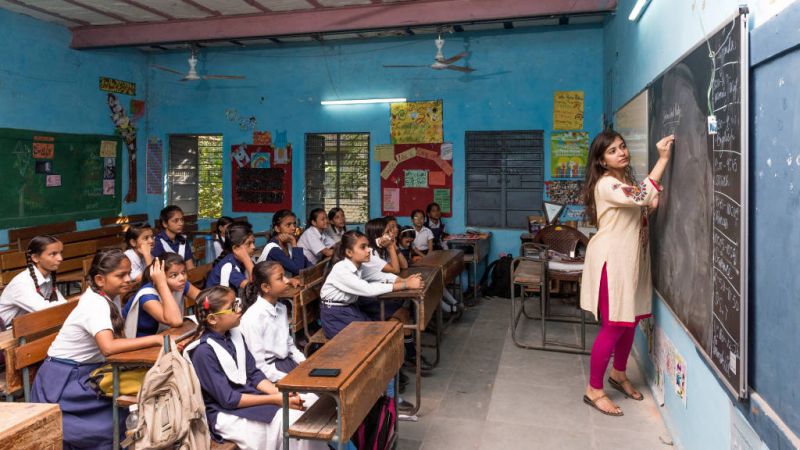
How to effectively improve the literacy rate in India?
Literacy is a critical element of socio-economic progress in any country. A literate society can enhance human thinking, and an increased level of thought process can contribute immensely towards the betterment of the country, both economically and socially. Literacy in India has had a sporadic jump from 18.33 per cent in 1951 to 74.04 per cent in 2011. Also, the recent findings establish that Indian literacy rate has reached 81.3% in 2020. Although the figures are quite outstanding, a decade wise analysis of the literacy rate jump is far from encouraging. Despite the tremendous technological progress over the past two decades, the leap in literacy rate has been very dismal.
An increased population, poor literacy access in rural areas, gender disparity, and poor implementation of government schemes can be cited as a few apparent reasons for the sluggish literacy rate; experts opine far more severe loopholes in the education system, as the reason for the slow progress. Find out how literacy in India can be catapulted to great heights in the subsequent sections.
Five pointers to help improve literacy in India
With population bursts so high, India has successfully managed to slide past reduced literacy rate to an extent, where the development discourse has started emphasizing health, education and employment as the basis of a responsible society. But is a literacy level that stresses the essential ability to read and write, enough to build a good citizen? Isn’t this high time to start looking at literacy benchmarks beyond mere essential reading and writing? Read what makes our education system falter and what changes can make it better.
Community ownership of the school
From the policy perspective, it is found that most of the decision-making in government schools is done by the upper and middle-class India, who do not even send their kids there. For a better understanding of the locale, and an improved perception of the community, participation of the local community as stakeholders is essential
Improving the teacher education system
It is high time a revamp needs to happen in the teacher’s education curriculum that focuses on involving modern and innovative elements. If possible, developing centres of excellence that ensures autonomy and resources must be taken up by authorities to create a world-class experience for the teaching fraternities. India is also crowded with teacher’s training institutes that are either politically owned or community-based. Time has come to overlook these and develop world-class institutions that focus only on the quality of the education.
Parameters of a good teacher
India has a long tradition of acknowledging teaching faculties based on their years of service. Awareness and action to create benchmarks that look beyond the experience must be devised to groom a deserving headteacher. It is not always necessary that an experienced teacher is the best one. Also, there needs to be a thorough investigation of why the teaching profession is losing its charm. Increased participation of teaching faculty as the crucial stakeholders in the government education system must be encouraged to incorporate local flavours and reality to the curriculum.
Improvised curriculum
Literacy in India has enabled the population that was once deprived of basic knowledge an opportunity to at least read and write their name. Rote learning of concepts has been the base of education in the country. But it is high time that school focuses on cognitive development and celebrates each child equally.
Extending the scope of government schemes
The Right To Education (RTE) Act that makes education compulsory up to primary levels has been a great achievement, and it calls for more such acts that have an extended scope. An increased allocation of GDP towards education is also an essential step towards enhancing the rate of literacy in India.
Find More About : What Is The Literacy Rate In The USA?
